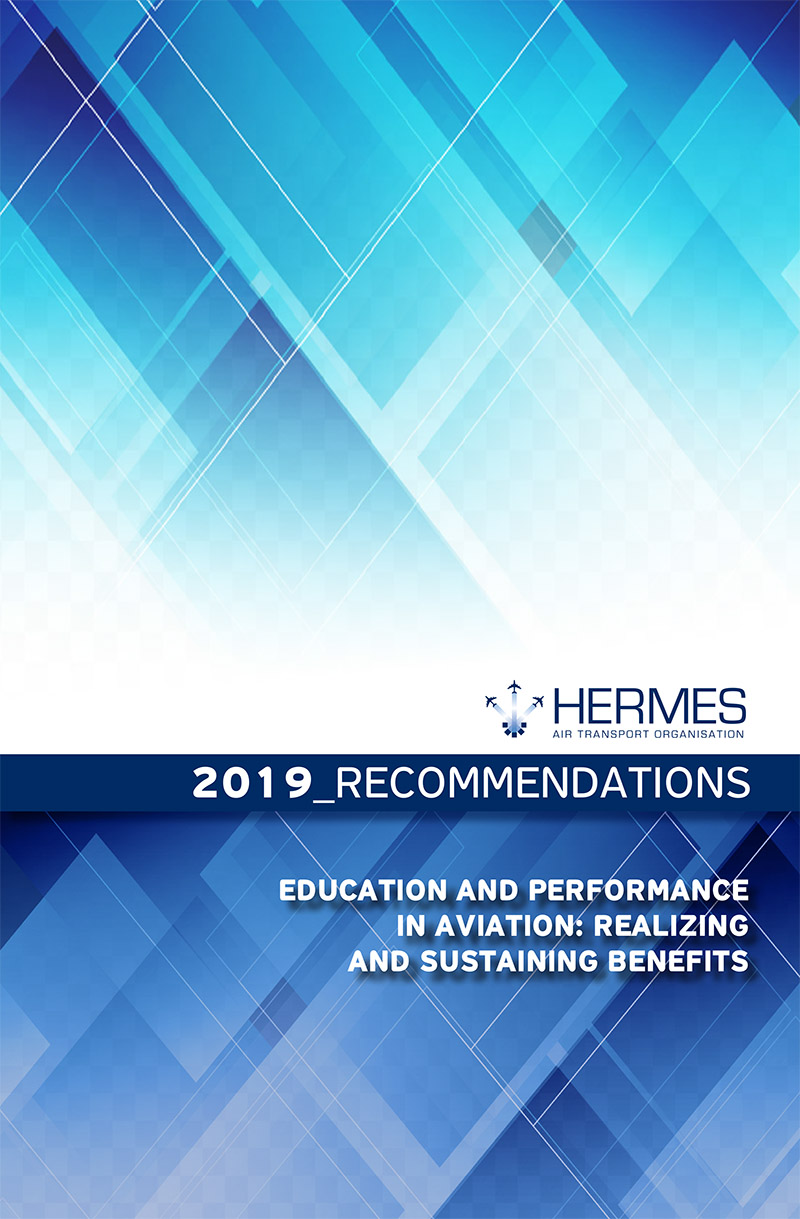Air traffic is expected to double in the next twenty years. This will inevitably create new challenges in terms of equipment and infrastructure that are necessary to meet this increased demand level in an environment of changing competitive dynamics. As aviation is characterized by a complex supply chain, further pressure will be exerted on the system and therefore, radical measures should be introduced to ensure long term sustainability of operations. In this context, education and training in the sector (both of technical and managerial nature) should not be seen as a cost but as the roadmap to competitiveness and success in the marketplace.
Air traffic is expected to double in the next twenty years. This will inevitably create new challenges in terms of equipment (e.g. aircraft) and infrastructure (e.g. IT systems, airports) that are necessary to meet this increased demand level in an environment of changing competitive dynamics. As aviation is characterized by a complex supply chain, further pressure will be exerted on the system and therefore, radical measures should be introduced to ensure long term sustainability of operations. In this context, education and training in the sector (both of technical and managerial nature) should not be seen as a cost but as the roadmap to competitiveness and success in the marketplace. Putting people first is of essence in an increasingly automated sector and appropriate policies should be designed to address the various knowledge and skills gaps. Moreover, it is important to reach the appropriate scale of sector-educated and trained people to realize and sustain benefits for all involved stakeholders. In fact, education offers a first-class opportunity for aviation supply chain participants to focus on their synergies rather than their conflicts and build the necessary people-oriented transformational strategies for a brighter future.
Having the above in mind, three main issues and questions emerge with respect to education and human resource management in the future world of aviation, i.e.:
- What are the challenges set by automation and artificial intelligence for the future of aviation education and training? Expected developments in technology may have important implications for aviation jobs in the future. Unmanned and remotely controlled aircraft may question the need to train pilots; robots may be able to undertake many operational tasks currently undertaken by people; blockchain technology may reduce errors and the need for control; while artificial intelligence may render data analysts and managers less important if not redundant. How can aviation ensure that people who are currently (or in the next ten years) educated and trained in the sector can be usefully re-deployed or re-trained? How can the acquisition of educational skills prove flexible enough to accommodate technological disruptions in a service sector such as aviation?
- How do education and industry dynamics shape the future of industrial relations and human resources management in the aviation sector? In a liberalized and commercialized environment, knowledge of economics, management, marketing and soft skills becomes of essence to effectively run a business in aviation. At the same time, commercialization also sets pressures on increasing the effectiveness of operations. This may also have important connotations for gender balance in the aviation workplace since the percentage of women involved in STEM-related jobs remains small. Having this in mind, what should be the educational background of future aviation managers? Is there a clash between operations/technical-oriented and soft-skills oriented organizational culture or is there real room to explore educational synergies to improve the effectiveness of management? How can education and training in aviation affect sectoral gender balance and industrial relations in the future?
- Who will bear the cost of education and training in the aviation sector? In an increasingly marketized environment of post-secondary education, governments in many countries become reluctant to keep funding studies at undergraduate and predominantly postgraduate levels – same is the case for vocational training. As air transport education and training may prove costly predominantly in the case of flight crew but also in the case of other operational and managerial skills, interested youth may have to become heavily indebted to fund their studies if they cannot rely on their families. In this context, are the aviation industry stakeholders willing to become more proactive partnering with existing educational institutions and/or setting up their own academies? Can such a proactiveness not only increase their contribution in the educational curriculum design but also help young people to realize their potential thus avoiding a gap in skills?

